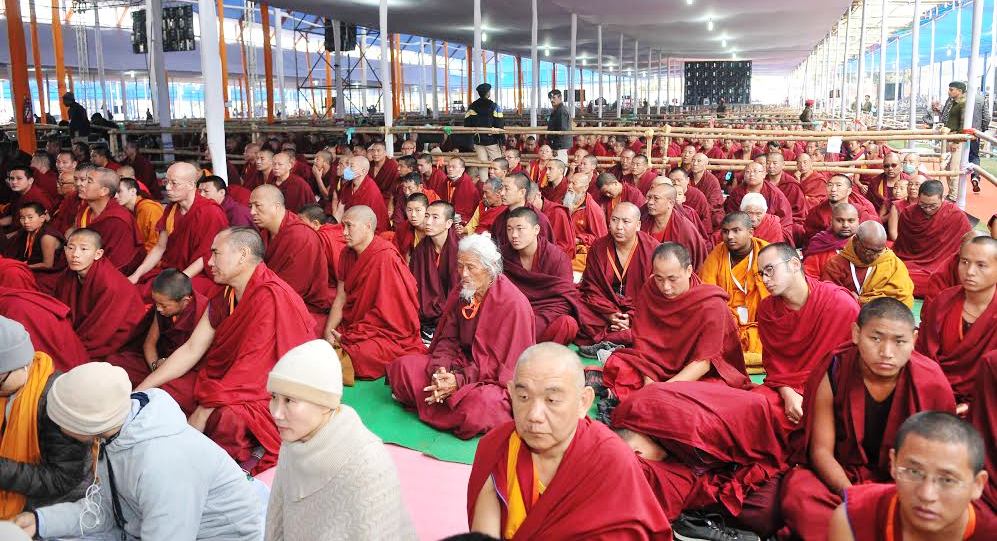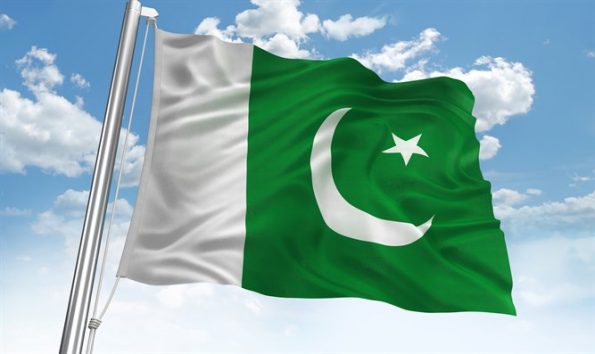
The Kalchakra Pooja is supposed to be the most advanced form of Vajrayana practice and is one of the most complex systems in Tantric Buddhism. The present Dalai Lama, the fourteenth is the most prominent Kalchakra lineage holder alive today and has given over thirty Kalchakra initiations all over the world. ‘Presented as ‘Kalchakra for World Peace’, they attract hundreds of thousands of devotees from all over the world. Kalchakra means Time Wheel derived from Kala in Sanskrit meaning time and Chakra meaning cycle. The Pooja revolves around the concept of time and cycles, from the cycles of the planets, to the cycles of our breath, and the practice of controlling the most subtle energies within the body on the path to enlightenment. It is said that the Kalchakra Pooja was taught by the Buddha himself and was later brought to Tibet by King Suchandra. The Kalchakra Pooja conducted by the present Dalai Lama at Bodh Gaya between 31 December 2011 and 10 January 2012 was the thirty third initiation given by him. It was a mega international event attracting more than 3 lakh devotees from all over the world. The Tibetan Diaspora living in exile in India and elsewhere, and thousands of Tibetans from mainland Tibet and China (who crossed into India giving the Chinese authorities a slip) converged at Bodh Gaya. Apart from spirituality it provided them with a unique opportunity for cultural and social mobilization and most importantly to gather support and create awareness for the movement for Tibetan independence or autonomy.
The Tibetans are a Nation in exile, theirs being a colossus human tragedy. Everywhere there were posters of political prisoners and independence activists inside Tibet who had self immolated themselves protesting against the Chinese occupation and photo exhibitions which are creating awareness about the ‘Free Tibet Movement.’ Press conferences were organized by the independence activists as also Rock Concerts which were used to gather support for the movement. The Tibetans were very optimistic and hopeful that there would be a political solution which would end their tragedy in the near future. Their optimism flows from their redoubtable faith in Dalai Lama and their strong religious and moral orientation.
Published in Political Reflection Magazine Vol. 4 No. 1



